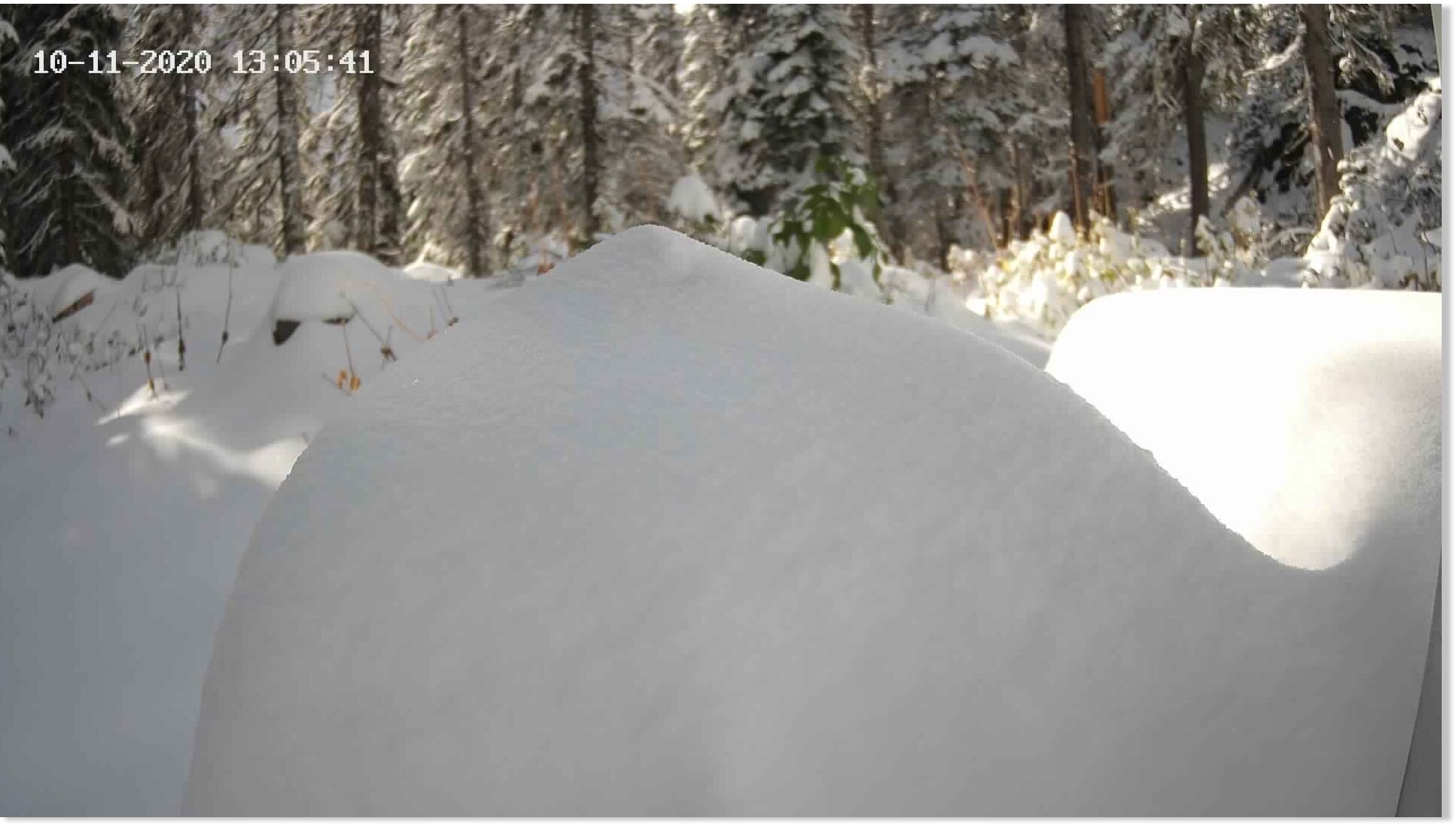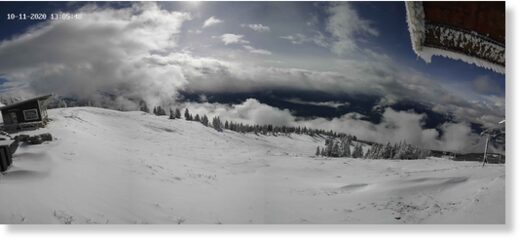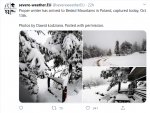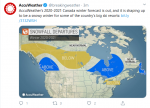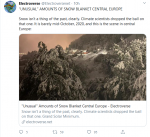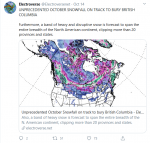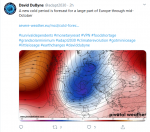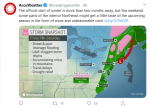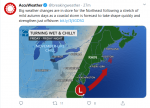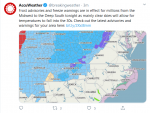TxGal
Day by day

Auroras without a Solar Storm: Sign o' the Times - Electroverse
No sunspots. No solar flares. No CMEs. No gust of solar wind. In short, there was no reason to expect an outburst of auroras on Oct 11.

AURORAS WITHOUT A SOLAR STORM: SIGN O’ THE TIMES
OCTOBER 12, 2020 CAP ALLON
No sunspots. No solar flares. No CMEs. No gust of solar wind. In short, there was no reason to expect an outburst of auroras on Oct 11… and then this happened ^^^ [featured image shot by Markus Varik of Tromsø, Norway on Sunday evening].
“We headed out with a small group of adventurers on what seemed like Mission Impossible,” reports Varik. “There was no hope of finding auroras. But never say never — on October 11th we saw this amazing outburst. We got the complete palette of colors.”

Markus Varik, Tromsø, Norway [shot on Oct 11].
There is an explanation, writes Dr Tony Phillips over at spaceweather.com: Just as Varik headed out, a crack opened in Earth’s magnetic field.
Slow-moving solar wind poured through the gap, sparking auroras.
This kind of unpredictable display can happen at any time around the Arctic Circle, where magnetic cracks often surprise observers, explains Dr Phillips–no solar storm required. However, evidence suggests surprise auroras such as these are becoming more frequent in line with Earth’s weakening magnetic field.
No sunspots. No solar flares. No CMEs. No gust of solar wind — so, what exactly sparked Sunday evening’s stunning auroras?
1) As touched on above –and explained in much more detail here— a crack opened in Earth’s magnetic field (that is, “Bz tilted south”) allowing solar wind to pour in and fuel the display.
2) Earth’s magnetosphere is waning due to a Grand Solar Minimum and a Magnetic Pole Shift. These two independently occurring phenomenons drastically reduce Earth’s magnetic field strength — the upshots of which include: a) an influx of Cosmic Rays which heat the muons in silica-rich magma triggering large-scale volcanic eruptions + increase cloud nucleation, and b) space weather (such as that originating from the Sun) having a much larger impact here on Earth, meaning, for example, even “normal” streams of solar wind can produce surprisingly dramatic results [a) contributes to global cooling, while b) means trouble for the electrical grid].
A grid-down scenario is coming to a town near you–it’s a matter of when, not if. Best guesses see the highest level of threat occurring during the ramp-up of Solar Cycle 25, when solar activity is increasing while Earth’s shields remain low (this “ramp-up” runs from now until around 2025–possibly longer).
Along with the lights going out, the COLD times are returning, too — the mid-latitudes are REFREEZING in line with historically low solar activity, cloud-nucleating Cosmic Rays, and a meridional jet stream flow.
Both NOAA and NASA appear to agree, if you read between the lines, with NOAA saying we’re entering a ‘full-blown’ Grand Solar Minimum in the late-2020s, and NASA seeing this upcoming solar cycle (25) as “the weakest of the past 200 years”, with the agency correlating previous solar shutdowns to prolonged periods of global cooling here.
Furthermore, we can’t ignore the slew of new scientific papers stating the immense impact The Beaufort Gyre could have on the Gulf Stream, and therefore the climate overall.


Prepare accordingly— learn the facts, relocate if need be, and grow your own.





